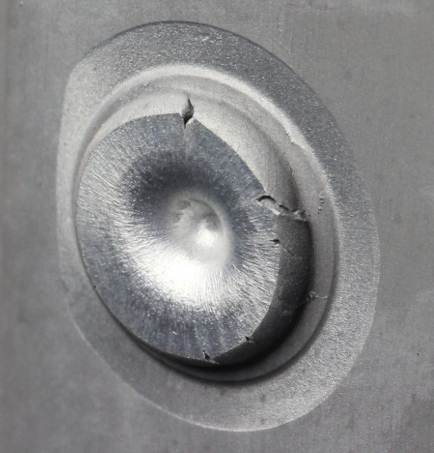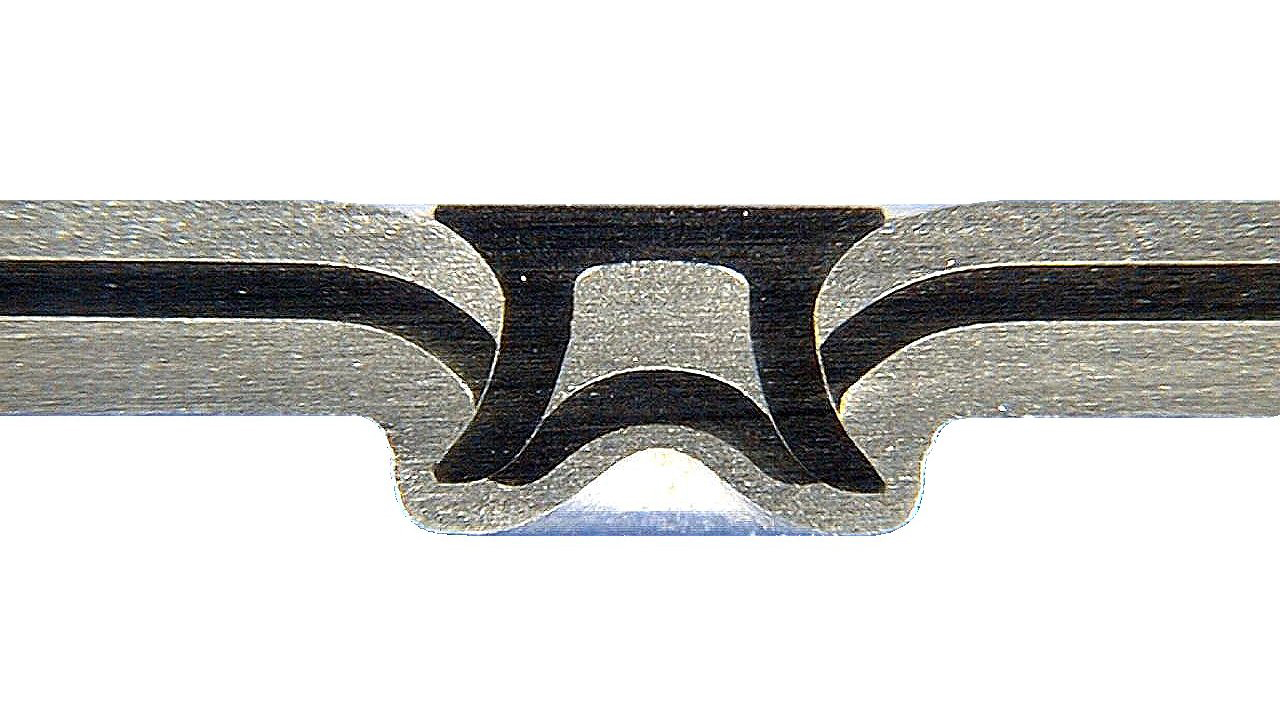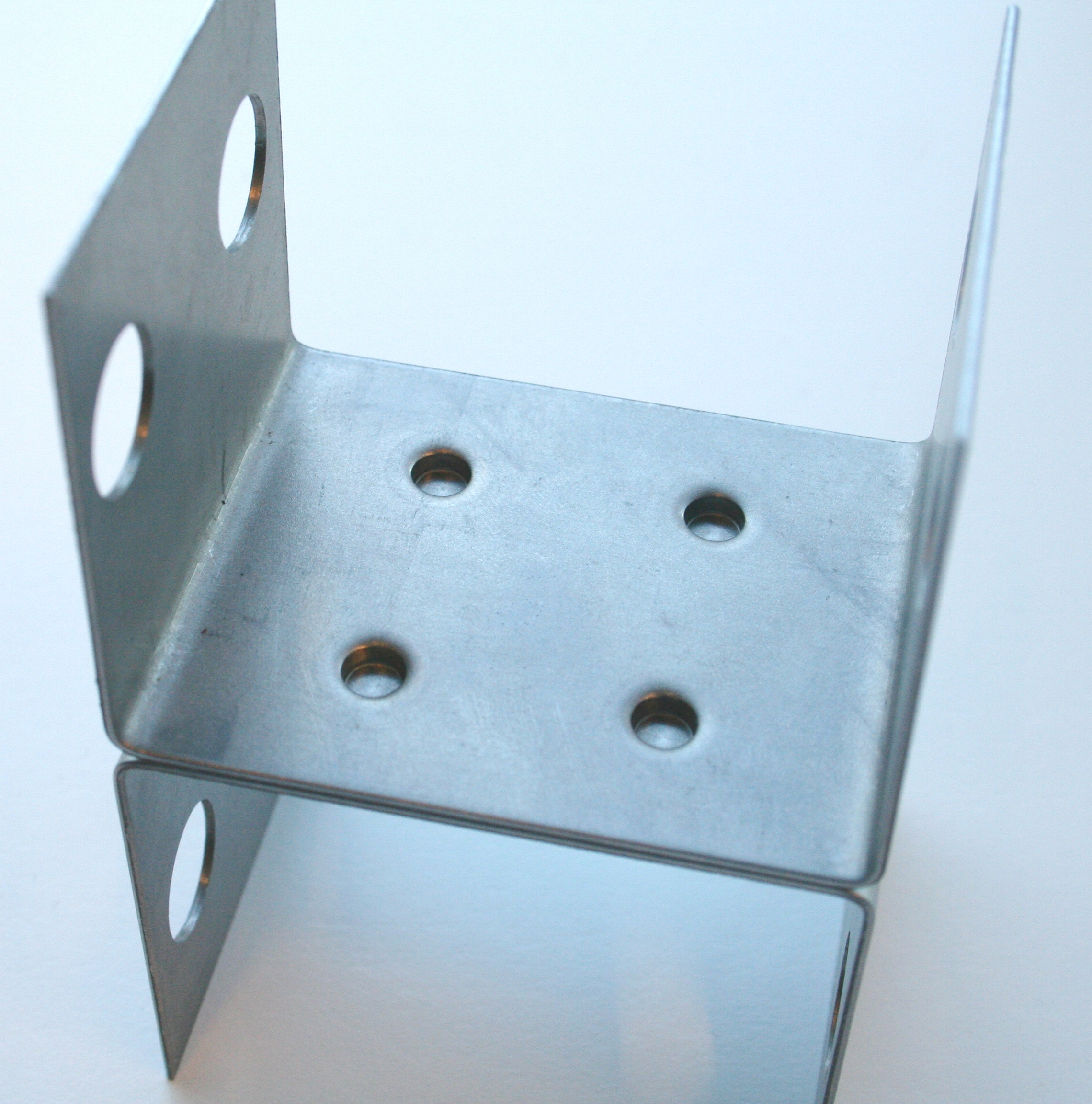MECHJOIN: Mechanical Joining of Materials with Limited Ductility
Advanced lightweight materials
Advanced lightweight materials, such as high strength aluminium and magnesium alloys, are used in an expanding range of engineering applications, such as in the transport sector, machine and equipment construction or the general construction industry. Thermal welding of these materials is, in contrast to steel, problematic since it severely affects both the static and fatigue resistance of the joint and the base material. This urges the need for more suitable joining techniques without heat input. The focus in this research is on the application of two of the most important conventional cold joining techniques (clinching and self-piercing riveting) for these new emerging lightweight materials. The challenge in this regard is that these materials have a limited ductility, while the joining processes locally induce large plastic deformations. Consequently, joining of these materials can be accompanied by cracks which develop during the forming operation.
Project goals
When mechanically joining these high strength lightweight materials, complex fracture mechanic investigations of the cracking behaviour of these materials are required due to their limited ductility. More specific the influence of the introduced cracks during joining on the final joint properties has to be investigated. This is usually only feasible in large companies. This implies that the use of these materials and joining methods for modern lightweight structures are often inaccessible for SMEs. This situation limits the use of these materials and joining processes. A broader use of these alloys and processes will be possible, if the project presented here can demonstrate that it is feasible to join them to other materials or components using the clinching or riveting processes, on the condition that the necessary requirements concerning strength, fatigue, or other aspect can be achieved.
The aim of the project is to develop rules and guidelines based on scientific results either how cracks can be avoided or what size of cracks is acceptable for the joint. Through this, the application field of the mechanical joining technology, especially in the field of lightweight materials, can be extended, because it will be possible to join them more effectively to other materials and components. This will help the targeted SMEs to broaden their market and to develop new innovative products. It is important to stress that e.g. clinching is a relatively low-cost joining method for which the investment and maintenance costs are low, making it very affordable and within reach of even very small SME’s.
Some new applications are already under investigation by one or more of the partners and seem feasible, even with the occasional presence of small cracks in the connection (examples are traffic signboards, aluminium balustrades and office furniture).
Riveting
Clinching
Project description
Effects
This project aims on enabling of the use of high strength lightweight materials for different kinds of applications, whereby the emergence of a variety of new innovative products will be possible.
The added value of this project can be summarised as:
- increased knowledge level in the companies (component design, use of lightweight materials and process optimisation techniques to improve the joint properties),
- better product and/or joint performance (e.g. strength, inertia, speed, durability, ...),
- weight reduction by enabling the use of high strength lightweight materials,
- ability of joining of difficult-to-join materials (e.g. dissimilar materials),
- creation of new products or products with a higher added-value,
- use of more cost-effective joining technologies,
- extension of the process limits of the most widely used mechanical joining methods and thereby enabling an enlargement of the mechanical joining applications.

Cracks in a riveted joint


